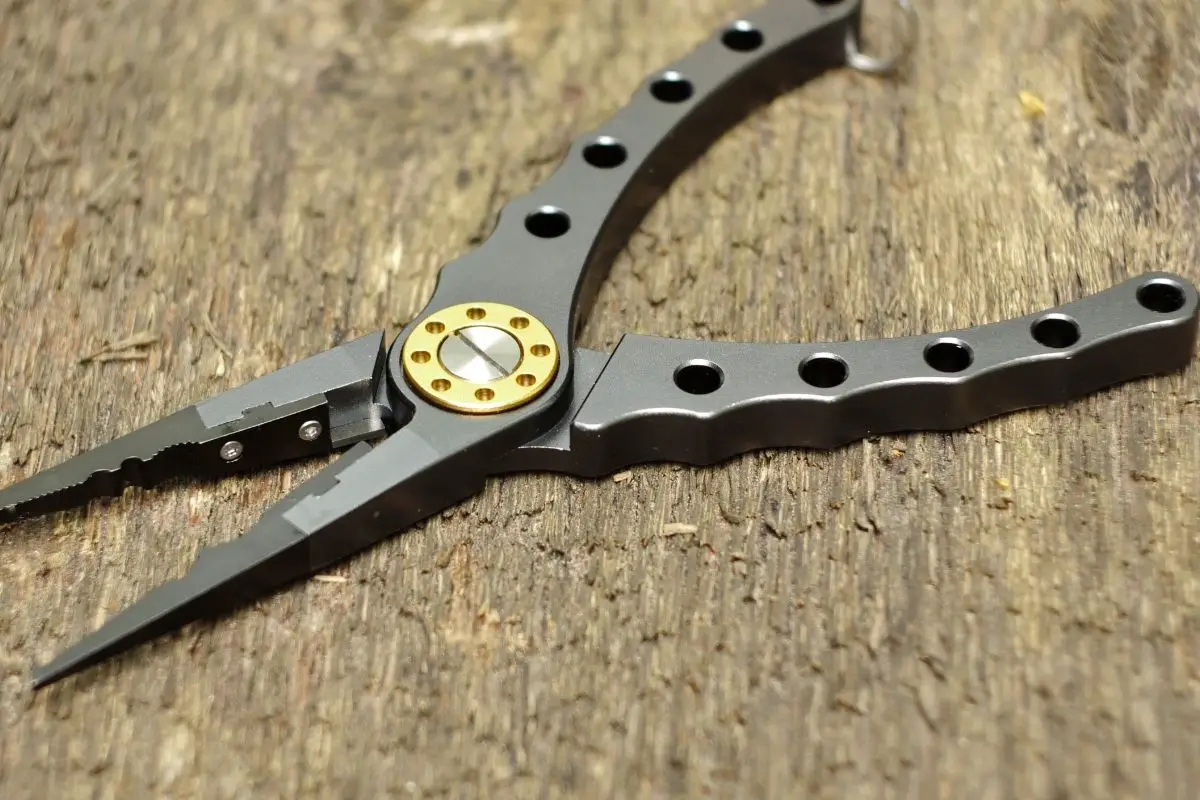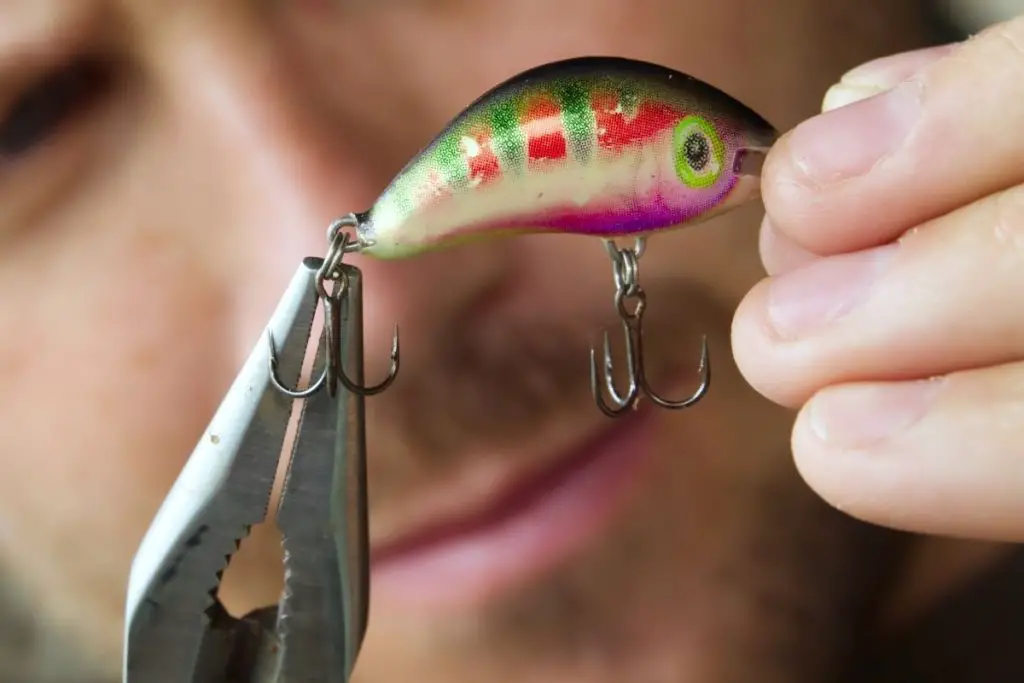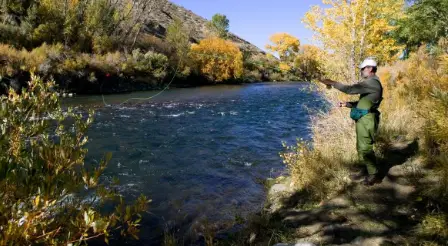So, you want to start fishing, either as a casual pastime or even on a professional level. It can be a very relaxing, almost meditative way to spend an afternoon or day, whilst you are waiting for something to bite.
It can also be incredibly adrenaline-filled when some fishy does eventually decide to give your line a pull. There’s very little in sports that feels quite like it.
However, one thing about fishing is that there’s no real ‘quick start’ guidebook. You need to get out and do it for yourself, and the only person who can tell you what works and doesn’t work is someone with experience.
And often, that also includes being able to understand what tools and equipment you’re going to need when you’re starting.
That includes many things that even non-anglers are going to be familiar with. Fishing rods, a reel, your fish bait, your line. Maybe even some waterproof overalls, if you’ve thought far enough ahead about what you might need.
But then you get to the more obscure pieces of kit that you may not be sure what they’re used for.
Some pieces of equipment feel so small or simple, it can often make you stop and think, ‘Is this that important? Do I need this?’ And in the long run, the answer is more often than not: ‘Yes’.
In this article, we’re going to be going over one of these pieces of equipment that no good fisherman should be without.
A crimp sleeve, and your crimper tool.
We’re going to be going over what exactly these are as well as how you use them whilst you are out fishing.
What Is A Crimper?
A crimp has a few different meanings, depending on what topic you are discussing.
But when it comes to fishing and angling in general, a crimp is mainly a tool that helps you attach lines to hooks, baits, and leaders (which come off from your leader).
You don’t have to know much about them to help you use them effectively, but knowing just a little will still go a long way towards helping you catch fish.
So let’s quickly look at each of those three different uses for a crimper before we move on to why they’re useful in catching fish.
What is commonly referred to as a ‘crimp’ is simply a device that allows you to securely connect two parts of material.
For example, you wouldn’t normally take a small pair of blunted scissors and try cutting through a piece of cloth.
It would rip the cloth into shreds at best instead. That’s because the scissors aren’t strong or sharp enough to cut through fabric.

Tyger Leader is reader-supported and may earn a commission when you book or purchase using our links. Learn more about our affiliate disclaimer here.
They only hold it together temporarily, allowing it to tear apart. The same applies to connecting a hook to bait or leader.
The fish crimper tool helps compress and mold a crimp sleeve into a shape that will fit around your fishing line.
Nowadays, crimpers are available in all sorts of sizes and shapes, but basically, they’ll have four main components: a handle, a jaw mechanism, and the clamp.
How do you use a fishing crimp
So, we know a little more about what a fishing crimp is used for, and how a crimper tool factors into that. Now comes the section that you have been waiting for in this article: How to use one of these things!
What Not To Do
The first thing that might come to mind when using a crimp sleeve and a crimp tool, is to lay the crimp sleeve across the crimper’s ridge.
After all, there is usually a ridge that is built into the sleeve, so it should make sense to press the crimp sleeve across that line, right?
Well, that might sound great at first, until you start trying to compress it that way.
Because the crimper isn’t built to clamp onto the sleeve this way, the chances are that the sleeve will fall out as you attempt to clasp down on it, or even before you start putting any force on it.
Even if you do manage to start successfully pressing down on the sleeve, you’ll likely find that you either ruin the sleeve or perhaps even puncture it by laying it across the ridge, making it completely useless.
What To Do
If you want to prepare your crimp sleeve without damaging it, the best thing is to turn the sleeve approximately 90 degrees, so that it is now on its taller side.
You’ll notice that, in this position, the crimper’s ridges actually wrap around the crimp sleeve much better, allowing you to get a clean clasp when you feed your fishing line through it. This is the correct way of using this tool
Types Of Fish Crimping Sleeves
Now that you’ve got a grasp of the basics of the crimper tool, you’re probably wondering what sort of crimping technique you should use.
Well, that depends entirely on what kind of crimp you want to create. There are many different kinds of crimps, and each has its purpose.
The most common type of crimp is known as the slip knot fishing crimp. This crimp is very easy to use and create and is suitable for most types of materials.
Another kind of crimp is called an eyelet crimp. Similar to the slip-knot method, the eyelet is pressed through both sides of the material, leaving a loop between them.
However, once the loop is formed, the fish crimper tool is then rotated slightly so that it wraps over itself, creating the eyelet crimp.
There are also various other styles of crimping including spiral crimp, twist crimp, and many more.
All of these function on a similar principle, wrapping the sleeve around the line in a way that makes it less likely for the sleeve to fall off.
Conclusion
So, there you have it: How to Use a crimper tool. It didn’t take long to explain, and hopefully, it was useful too.
I’m sure that if you follow the instructions above, you can easily learn how to use a crimper tool, and maybe even impress some friends along the way with your handiness out next to the pond or river.



